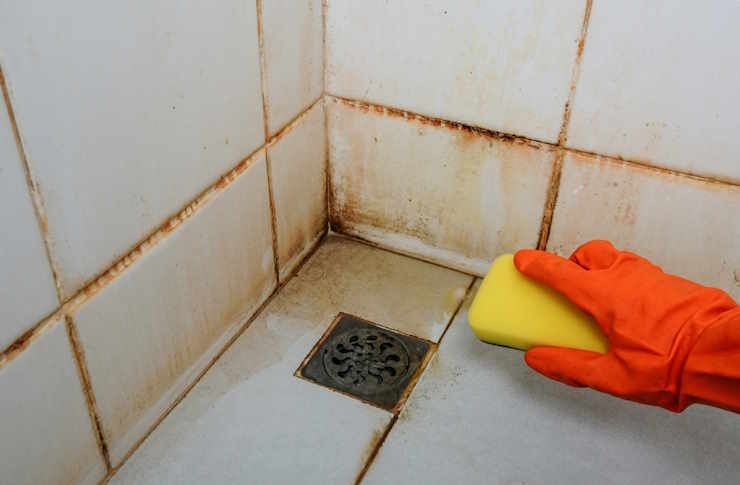Eco-friendly approaches to treating stained tile joints
Stained tile joints are a common household issue in bathrooms and kitchens, where moisture and traffic can promote mildew and mold growth. This article outlines ecofriendly tools and techniques for cleaning, disinfecting, sealing, and restoring grout lines while minimizing harsh chemicals and protecting long-term durability.

Stained tile joints often occur where moisture, dirt, and time converge. In bathrooms and kitchens, repeated exposure to water and soaps encourages mildew and mold to settle into porous grout. Ecofriendly methods prioritize low-toxicity cleaners, mechanical removal, targeted disinfection, and appropriate sealing to extend restoration and maintenance intervals while protecting indoor air quality and surface durability.
Tiles and common stains
Tiles themselves are usually nonporous, but the joints between them absorb water and organic matter that cause visible stains. Typical discoloration arises from soap scum, hard water deposits, grease, and embedded dirt. Identifying the stain type helps determine whether a mechanical approach, a mild alkaline cleaner, or a chelating agent is appropriate. Using gentle brushes and steam can often lift stains without abrasive resurfacing, reducing wear on the tiles and preserving the original finish.
Dealing with mildew and mold
Mildew and mold in grout require a careful balance between effectiveness and environmental impact. Mechanical agitation with a nylon brush or a household pumice stone (for certain tile types) can remove surface colonies. For safer disinfection, diluted hydrogen peroxide or oxygen-based cleaners offer antimicrobial action with fewer persistent fumes than chlorine bleach. Ensure adequate ventilation when treating mold and test any solution on a small, inconspicuous area first to avoid color changes or damage to delicate tiles.
Sealing and restoration options
Sealing is a key step to protect joints after cleaning and restoration. Penetrating sealers designed for porous grout reduce water uptake and staining without forming a surface film that peels. For aged or crumbled joints, targeted restoration—removing failing grout and regrouting with formulations that contain water-resistant binders—improves durability. Consider silicone-compatible caulks in perimeter areas that experience movement. Restoration methods should match tile material and room conditions to ensure long-term performance.
Ecofriendly disinfection techniques
Disinfection can be achieved with less-toxic options that still address microbial concerns. Steam cleaners operate without chemicals and reach temperatures that inactivate many surface microbes when used correctly. Peroxide-based cleaners and products containing biodegradable surfactants break down organic residues while posing lower environmental persistence. When selecting disinfectants, prioritize those with clear usage instructions, minimal volatile organic compounds (VOCs), and compatibility with both tile and grout to avoid accelerated wear.
Tools and techniques for resurfacing and maintenance
Appropriate tools make ecofriendly maintenance practical. Stiff nylon brushes, grout saws for localized removal, handheld steamers, and low-abrasion scrubbing pads reduce the need for harsh chemical strippers. Microfiber cloths capture residues efficiently during rinsing. For resurfacing, micro-topping or color-antique grout coatings can refresh appearance with less waste than full replacement; choose products with low VOC ratings. Regular maintenance—sweeping, prompt spill cleanup, and periodic mild cleaning—reduces the frequency of intensive treatments and prolongs resilience.
Maintenance for durability in bathroom and kitchen
Routine maintenance protects both appearance and durability in high-moisture rooms. In bathrooms and kitchens, prioritize ventilation to limit humidity, wipe tiles and joints after heavy use, and address leaks immediately to prevent prolonged saturation that leads to degradation. Reapply penetrating sealer according to manufacturer recommendations or when water no longer beads on the surface. Periodic inspections allow early intervention for small cracks or lifting grout, avoiding larger-scale resurfacing later.
This concluding overview emphasizes practical, evidence-aware strategies for handling stained tile joints with environmentally conscious choices. By combining mechanical cleaning, lower-toxicity disinfectants, suitable sealing, and consistent maintenance, homeowners and maintenance professionals can manage stains, mildew, and mold while supporting indoor air quality and long-term durability.






